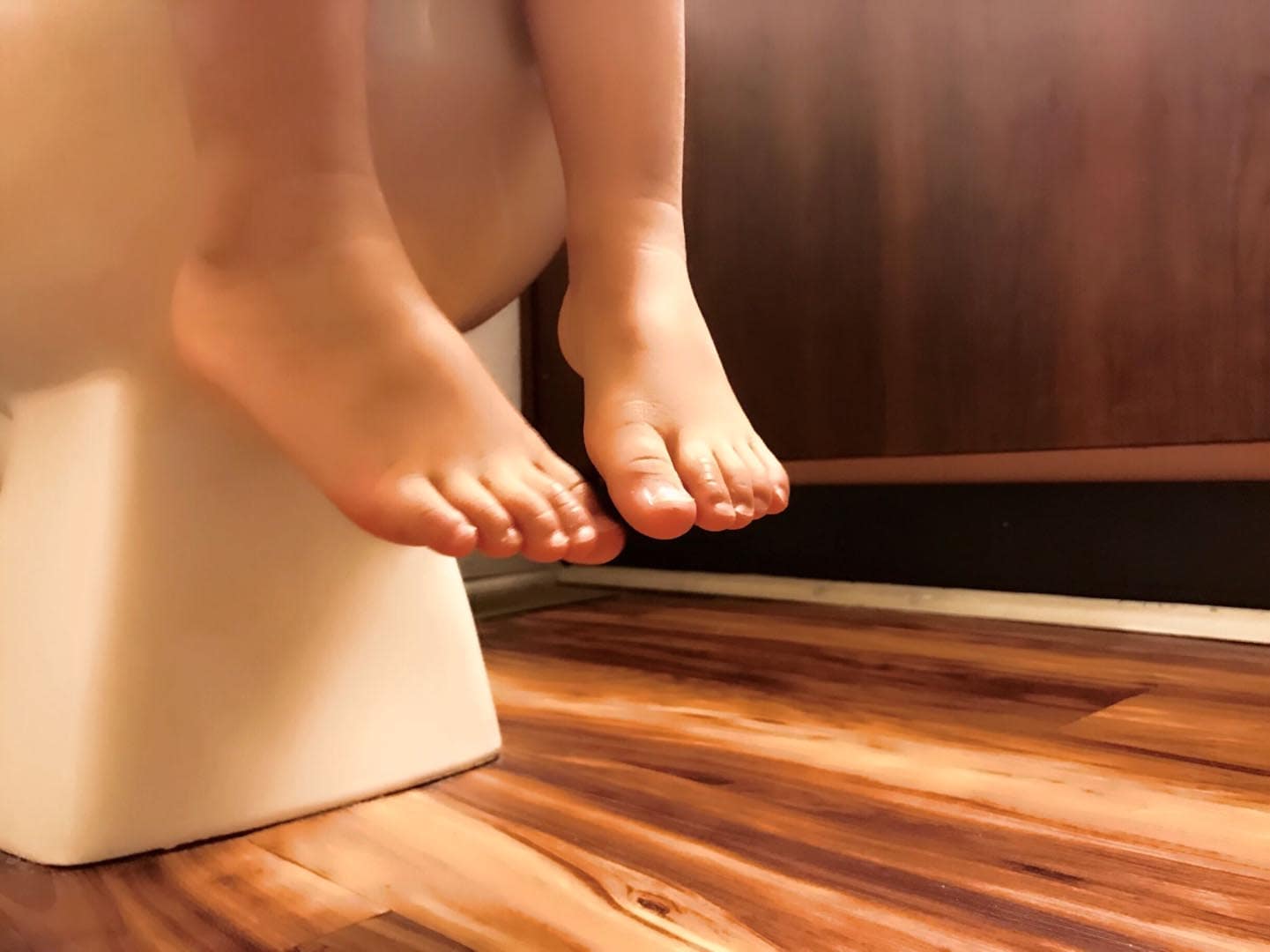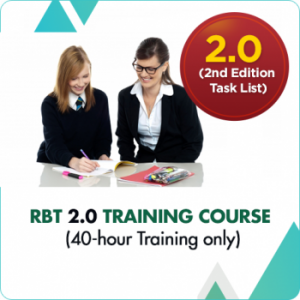Successfully Potty Training a Child with Autism
So it’s that time already – the moment you have been dreading the past few weeks or months – the time to potty train your child with autism disability is finally here. Teaching your child how to use the potty is similar to potty training a child without a disability; the primary difference is that in an autistic child stress levels shoot up two or three times above the norm. In addition to the use of therapeutic training techniques, toilet training a child with ASD requires two things: patience and perseverance.
Assess for Readiness
The first thing to do is to assess your child’s readiness for potty training. With autism, the ordinary rule of 18 months as the best time to introduce potty training does not really apply. The basis of potty training readiness in a child with autism should be his or her developmental capabilities. You will be able to assess this by observing if your child can already observe and somehow focus, imitate others, and have somehow established a communication system with you.
Plan and Prepare
Second, careful and meticulous planning is required in teaching your child to pee and poop at the right place. Since autism renders your child’s communication and cognitive skills altered, it will take extra effort and patience to achieve a positive outcome. The use of therapeutic techniques can aid in introducing the process to the child. Techniques such as making a social story on potty training and using visual cues and video modeling can assist you in this pivotal task.
In using visual cues, you can use picture cards that are accurate in telling the step-by-step process required to pee in the toilet. You can also use actual photos you have taken, probably with the child’s capable sibling, or even photos of your child affected by autism. Place these photos in the exact sequence of how your child should go about peeing or pooping. Make sure you place it somewhere your child can easily see it, like at the back of the toilet door.
In video modeling, you can record the sequence and then later on edit and add voice prompts such as “Pull down your pants” just as when the model in the video is doing so. It would be best if the model in the video is a child too. You can also use ready-made videos or cartoons available in the market; just make sure they use simple and precise actions and words.
Potty training a child with Autism will take time, be patient
Third, start the redundant process of the actual potty training. Familiarize the child with his potty and explain to him that it is his own and that he can use it anytime he feels like pee or poop is coming. Set a schedule as to when the child will use the potty, it is best to time it to the usual time he wets or that you change his or her diaper. Guide your child with the use of both visual and verbal cues, just kept it simple, and do not ever force the child if he refuses to follow.
With boys, it helps to provide them with something flushable to point their pee at just to improve their aim. It will be frustrating at first, which is normal, but be religious about it and most of all please be patient. The reward is a lifetime of control and normalcy for your child.
Troubleshooting
So what do you do when your child continuously refuses to be toilet trained? Give your child rest and give yourself a rest, too. Stop and try again after 2 or 3 weeks or even a month. Stressing your child and yourself will not do either of you any good. Just remember that potty training children with autism disabilities take much longer than the typical child.
Do not schedule potty training for your child when things out of your child’s “routine” have recently taken place. For example, if your child is starting school or a new therapy, if the family is moving to another home, if there are new additions to the family, or if you are going back to work after being a full-time stay at home parent, let potty training wait for a while. These things are stressful enough for your child and potty training him or her at this time would only be a failure.
Suggested Resources:
Asking to Use the Bathroom Social Story
Going to the Bathroom Visual Schedule
Toilet Training 101: How to Get Started
Copyright © by Special Learning Inc. All right reserved.
No part of this article may be reproduced in any manner whatsoever without written permission except in the case of brief quotations embodied in critical articles and reviews. For information, contact Special Learning Inc., at: contact@special-learning.com












